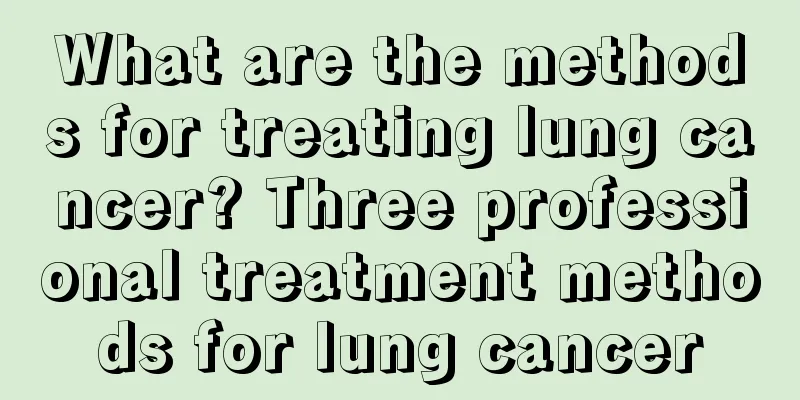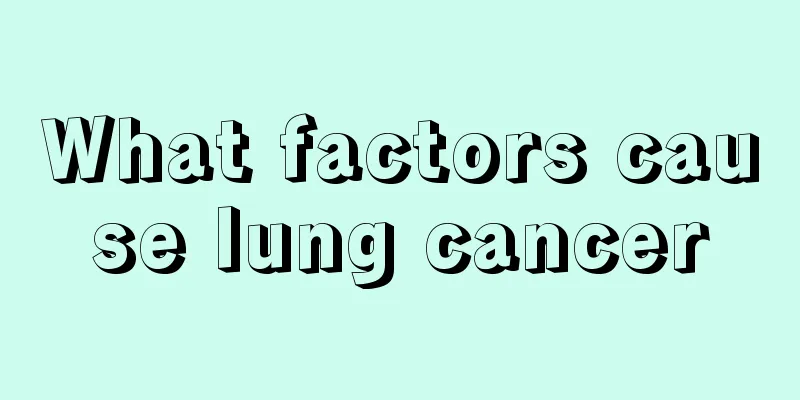What to do if you have hand eczema?

|
There are many causes of eczema in life, such as climate change, and the patient's hands will show small flaky skin lesions, swelling of the skin around the nails, etc. In the face of these symptoms, experts recommend the use of internal or external medications, or of course both at the same time. 1. Causes It is caused by the interaction of external and internal factors. External factors such as various chemicals (such as cosmetics, soap, synthetic fibers), animal fur, living environment, climatic conditions, etc. can induce hand eczema. Internal factors such as food, mental stress, insomnia, excessive fatigue, mood changes, etc. can create conditions that aggravate hand eczema. 2. Clinical manifestations The skin lesions of hand eczema present as subacute or chronic eczema, often occurring on the back of the fingers and the palms of the fingertips, and can spread to the back of the hands and wrists, with unclear boundaries or small flaky lesions. In chronic cases, the skin may become infiltrative and hypertrophic, and cracks may occur due to finger movements. The skin around the nails swells, and the nails may become thick and irregular. Hand eczema can also occur on the palm side, which is localized, but the edges are not obvious, mostly rough, with papules, herpes, and infiltration and hypertrophy, and often cracks in winter. When hand eczema only occurs on the fingertips, it is also called fingertip eczema. When it occurs in the middle of the palm and the palm side of the fingers, the skin lesions are dry, the keratin proliferates, and the cracks are called chronic recurrent vesicular/keratin hyperplastic hand eczema. Skin lesions may also occur in the skin between the two adjacent fingers and the distal metacarpophalangeal joints of the palm. The lesions are apron-shaped and are also called apron-like eczema. Hand eczema caused by frequent contact of hands with animals and internal organs is also called slaughterhouse eczema. Treatment 1. Internal medication treatment The purpose is to fight inflammation and relieve itching. Antihistamines, sedatives, etc. can be used, and antibiotics can be added for those with secondary infections. 2. Topical medication In the subacute stage, glucocorticoid emulsions and pastes can be used, and antibiotics can be added to prevent and control secondary infection; in the chronic stage, ointments and plasters can be used; for stubborn localized skin lesions, glucocorticoids can be injected intralesionally. |
<<: Symptoms and treatment of trigeminal neuritis
>>: What should I do if my leg cramps?
Recommend
Seven-day fasting therapy
Fasting means abstaining from food, which also is...
8 signs that liver cancer is approaching you!
Liver cancer is one of the most common malignant ...
How to treat advanced lymphoma
My mother has diabetes and heart disease. Recentl...
Diagnosis methods for lung cancer with different symptoms
What are the methods for diagnosing lung cancer? ...
How long is the shelf life of lipstick in general
Every exquisite girl needs a lipstick, and women ...
How to remove the formaldehyde smell from the sofa?
Formaldehyde is everywhere in our daily life. It ...
Is abnormal brain discharge epilepsy?
Is abnormal brain discharge epilepsy? Speaking of...
Eyes hurt due to inflammation
Eye pain caused by body heat is a common symptom ...
How to reduce swelling after being stung by a bee? This is the most effective way
Spring is the season when flowers bloom and bees ...
Can walking help you lose weight? How to do it?
Walking is a form of exercise that many friends l...
When is the time to change baby's diaper
When taking care of a baby, there is one job that...
It's hard to take medicine for a sore throat, so learn how to avoid taking medicine
Every time the seasons change, the weather starts...
How to eliminate the sound of air leaking from the heel of shoes
After putting on newly bought shoes, sometimes th...
Can thyroid nodules be cured without surgery?
In today's social life, with the improvement ...
How to treat gastroenteritis, diet adjustment is also needed
The most common type of gastroenteritis is acute....









